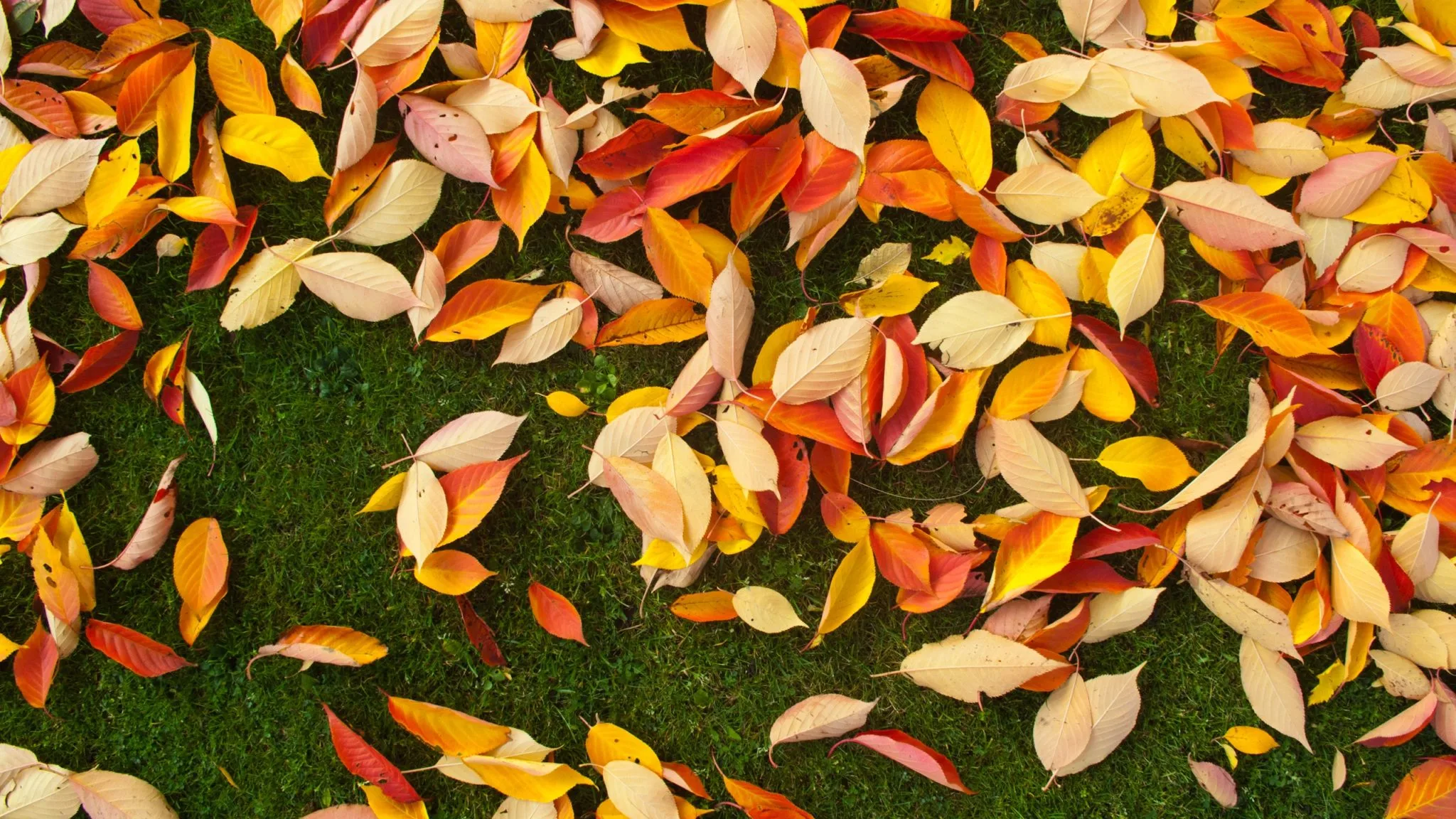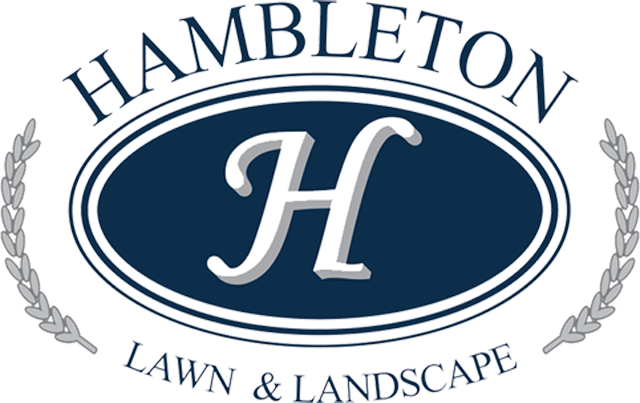Do you have leaves on the ground and are wondering whether to leave them or rake them up? There are two sides to this argument, as we’ll explore.
However, if you’re looking at growing a fine lawn, you may wonder, are leaves good for grass?
When are Leaves Good for Grass?
Leaves contain natural nutrients and organic matter than can actually benefit your lawn as they decompose. Some, like maple leaves, have been shown to reduce weed seed germination when mulched into a lawn canopy, and others (like the honey locust) can add nitrogen to the soil, reports the University of Minnesota Turfgrass Science report.
If the leaf buildup is small to moderate, the easiest way to create leaf mulch is to run over the leaves with your lawnmower. (It may require several passes.) This chops them into small enough pieces that they fall into the lawn canopy and require no raking. This thin layer will compost quickly, incorporating into the soil below.
Specialized mulching mowers that chop leaves as fine as confetti can also be purchased.

Dr. Thomas Nikoai of Michigan State University states that:
“By mowing over the leaves to turn them into small pieces, the leaves will actually enhance the lawn’s ‘natural fertility’, not kill it off. Where the leaves fall, just mulch them in.”
His research shows that a chemical in maple leaves discourages dandelions and crabgrass from growing!
The best time to mow the leaves is when there is still grass poking through—before they get too thick. As leaves fall throughout the season, continue to mow them into mulch. If leaves are too thick, they will be difficult to mow.
Tip: Mow in a pattern that shoots leaves into the center of the yard rather than onto sidewalks, driveways and roads.
Related: Skip the rake and leave the leaves for a healthier, greener yard.

Are Thick Layers of Leaves Good for Grass?
The National Wildlife Federation (NWF) reports that a thick layer of fallen leaves will “smother a lawn.” It recommends raking leaves off the lawn, shredding them, and using them as mulch in your planting beds.
Matted leaves block the sunlight and air from reaching the soil, and will also retain moisture that can lead to mold diseases.
The Argument for Leaving Leaves
The National Wildlife Federation (NWF) claims that:
“A leaf layer several inches deep is actually a natural thing in any area where trees naturally grow. Many wildlife species live on or rely on the leaf layer to find food and other habitat.”
Fallen leaves add organic material to the ground, building up layers of new soil and adding much-needed microbes to fertilize the soil. This creates a healthier soil overall.
As you can see, leaves are actually good for grass, in one way or another.
Create and Maintain a Lush Lawn with Hambleton Lawn & Landscape
If you’re wondering whether your leaves are good for your grass, give Hambleton Lawn & Landscape a call. We can do an analysis of your lawn and provide you with information on how to have the lawn you desire.
If you’re too busy to do your lawn care yourself, let Hambleton Lawn & Landscape do it for you. We have a variety of maintenance plans for both residential and commercial properties throughout Northern Virginia.
Call us today for a free quote on our lawn and landscaping services. Serving the counties of Arlington, Fairfax, Loudoun and Prince William, Virginia.



Comments (0)
Thanks for your comment!
Thanks for your feedback! Your comments have been successfully submitted! Please note, all comments require admin approval prior to display.
Error submitting comment!
There is a problem with your comment, please see below and try again.